The best islands in Thailand for seeing the beautiful Manta Ray are the the Surin islands, Richelieu rock, Koh Boin and Koh Tachai. All of these islands are just off the west coast and are within easy reach of Phuket Thailand. The best way to get to there is on a similan islandsliveaboard trip. These depart everyday of the season which runs from mid October until mid may each year. The similans are a chain of nine islands that are just south of the main Manta Ray areas but are in themselves stunning diving. White sandy beaches, clear blue waters that stay around 28 - 30 degrees even at depth. Amazing colours and a huge variety of marine life. There are many things to do in phuket but for any scuba diver of all levels then a similan liveaboard should be at the top of the list.
Scuba diving Thailand does have many great locations compared to what most of us have in our own countries and those of us that are based in phuket diving everyday are luckier still. Not only is this great diving all year round in the gulf of Thailand but for six months each year we can enjoy the similan island diving too. Yes we can see the manta ray and the whale shark here on the day trips from phuket but the when you are doing four dives a day on a similanliveaboard that is up and around Koh Bon, Koh tachai and spending a day at a time diving Richelieu rock then the chances to dive with these awesome animals increases ten fold. This is when you can experience thailand diving at its best.
The Manta ray, or cheap manta (Manta birostris), is the largest of the rays, with the largest known specimen having been about 7.6 m (about 25 ft) across, with a weight of about 2,300 kg (about 5,000 lb). It ranges throughout all tropical waters of the world, typically around coral reefs. Mantas have been given a variety of common names, including Atlantic manta, Pacific manta, devilfish, and just manta. Some people just call all members of the family stingrays, though stingrays comprise a separate family of rays (Dasyatidae). Mantas are most commonly black dorsally and white ventrally, but some are blue on their backs. A manta's eyes are located at the base of the cephalic lobes on each side of the head, and unlike other rays the mouth is found at the anterior edge of its head. To respire, like other rays, the manta has five pairs of gills on the underside. To swim better through the ocean, they have a diamond shaped body plan, using their pectoral fins as graceful "wings". Distinctive "horns" (from which the common name Devil ray stems) are on either side of its broad head. These unique structures are actually derived from the pectoral fins. During embryonic development, part of the pectoral fin breaks away and moves forward, surrounding the mouth. This gives the manta ray the distinction of being the only jawed vertebrate to have novel limbs (the so-called six-footed tortoise, Manouria emys, does not actually have six legs–only enlarged tuberculate scales on their thighs that look superficially like an extra pair of hind limbs). These flexible horns are used to direct plankton, small fish and water into the manta's very broad and wide mouth. The manta can curl them to reduce drag while swimming.
Manta rays are believed by some to have evolved from bottom-feeding ancestry, but have adapted to become filter feeders in the open ocean. This allowed them to grow to a larger size than any other species of ray. Because of their pelagic lifestyle as plankton feeders, some of the ancestral characteristics have degenerated. For example, all that is left of their oral teeth is a small band of vestigial teeth on the lower jaw, almost hidden by the skin. Their dermal denticles are also greatly reduced in number and size, but are still present, and they have a much thicker body mucus coating than other rays. Their spiracles have become small and non-functional, as all water is taken in through their mouth instead. Mantas are filter feeders: they feed on plankton, fish larvae and the like, passively filtered from the water passing through their gills as they swim. The small prey organisms are caught on flat horizontal plates of russet-coloured spongy tissue, that span the spaces between the manta's gill bars. Mantas frequent reef-side cleaning stations where small fish such as wrasses and angelfish swim inside the manta's gills and all over its skin to feed, in the process cleaning it of parasites and removing bits of dead skin. The predators of the Manta ray include mainly large sharks, however in some circumstances orcas have also been observed preying on them. Mantas are extremely curious around humans, and are fond of swimming with scuba divers. Although they may approach humans, if touched, their mucus membrane is removed, causing lesions and infections on their skin. They will often surface to investigate boats (without engines running). They have the largest brain-to-body ratio of the sharks and rays. Mantas are known to breach the water into the air.
Many shops, travel agents and phuket dive shops will have a sign outside saying " liveaboard similan islands " so how do you decide on which one to take? First rule is to think when do you want to go and how many days have you got free. Then when booking your hotel or guest house only book it for the nights that you will be there as you dont want to pay for a hotel room when you will be on a liveaboard. So the key is forward thinking. Go online. The bestPhuket dive centers like Thailand Divers will have a live chat function on their website that will allow you to talk to a real person about all the different options. Again a good dive center this will be manned for as near to 24 hours as possible so they can answer questions from all the different time zones. This is not always possible but all un answered questions will be answered in a couple of hours by email. This way you get a feel for the quality of information and for the person you are dealing with and they will give you several options so you have a choice rather than just the one they want to sell you. Diving in Thailand is a real trip of a life time for most people so make sure you get the trip you want. There are many boats all leaving for different length cruises on different days and all various prices to suit all budgets. By chatting with them online well in advance of the trip you will get the trips you want and no hidden costs. Many dive shop phuket will offer cheap price (at first glance) and then add on all the extras like equipment, national park fees, and hotel transfers. Where a good phuket dive shop will have one price that will cover everything from the start. Diving in phuket is a dream location, one of the best in the world so make sure you are diving on a great boat, with a great instructor with one of the top companies. By trying to cut corners at the start can easily work out more expensive in the long run and not be the dream trip that a trip to the similan islandsshould be. What can be better than three or four days on a comfortable boat, air con cabin, top food cruising the tropical islands under a clear blue sky. Then stopping off and diving in the warm clear waters with stunning coral reefs and the manta ray overhead is what dreams are made of.

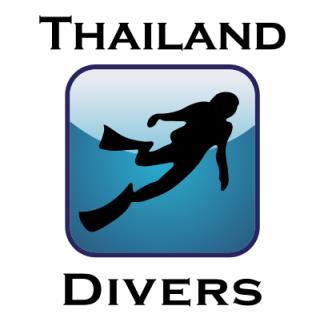
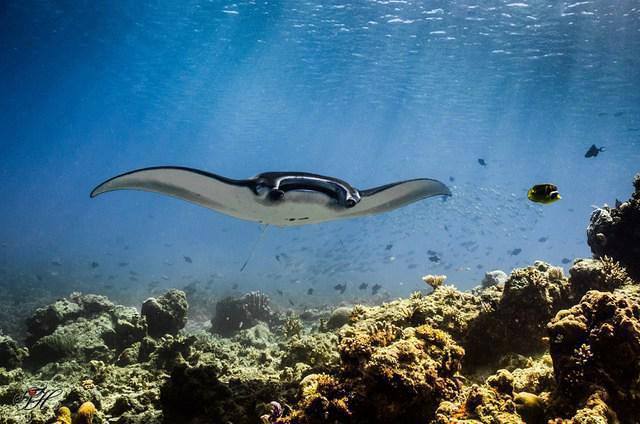
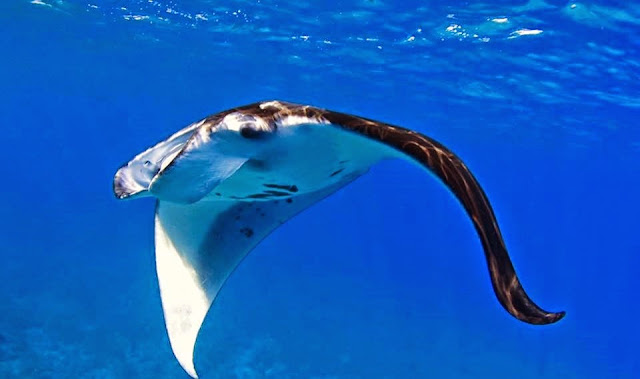
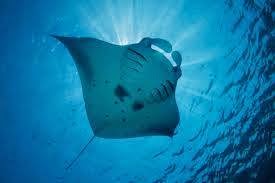
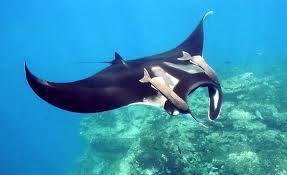
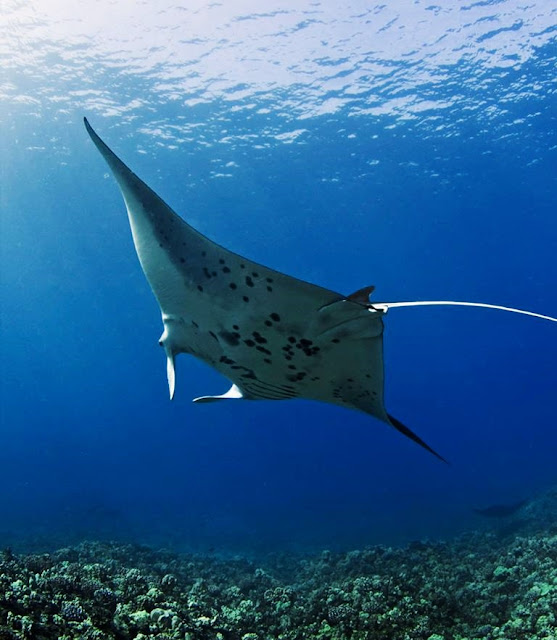


Load more comments